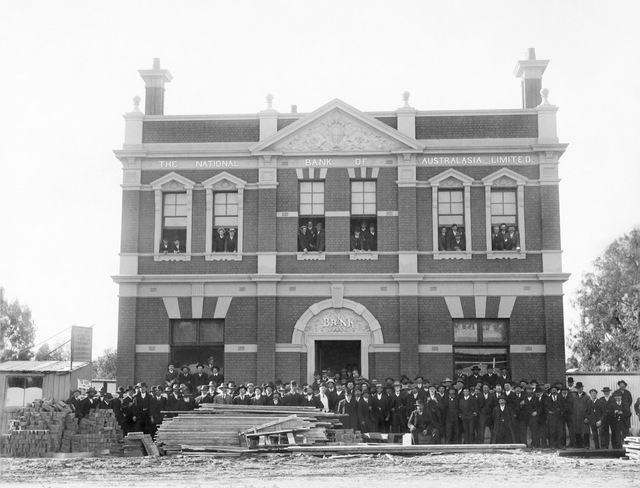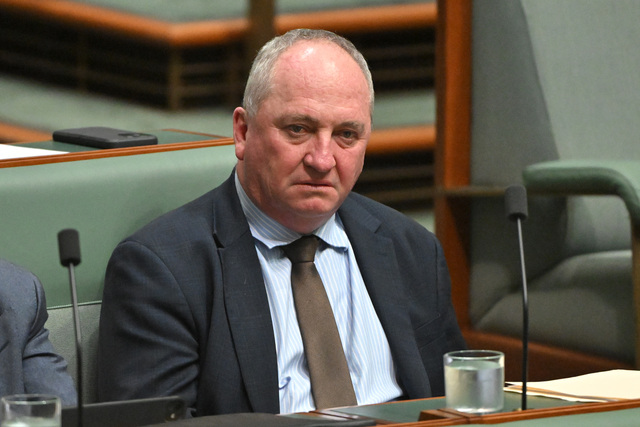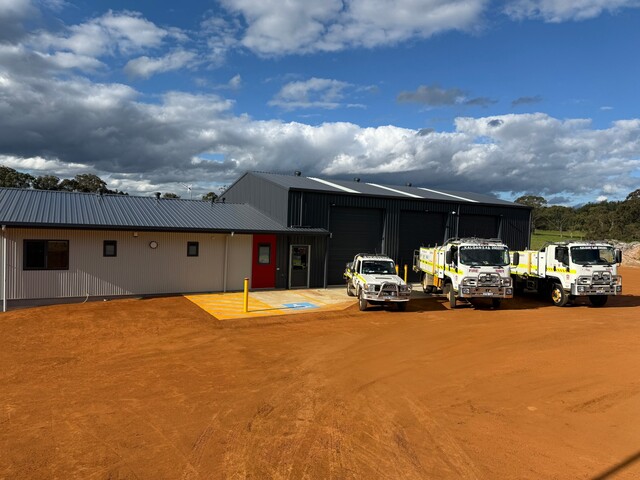Dimboola last hit the headlines in the late 70s with a film about a country wedding reception. Last month it again garnered national attention due to an insightful article by Kendall Hill, in ‘Escape’ magazine (Sydney’s Sunday Telegraph, and affiliated outlets).
As Hill explains it, he drove four hours from Melbourne because he kept hearing about this wheatbelt town, population 1600, defying the rural decline with something of a revival. He waxes lyrical about the Imaginarium, an extraordinary curiosity shop housed in the former National Australia Bank building. The creative forces were Chan and Jamie Uoy, who made the tree change from Melbourne six years ago. Cambodian-born Chan said ‘the first time I came to Dimboola, I felt like I’d entered the twilight zone. There was no one around.’
So, they decided to create something to boost tourism and lure folks off the Melbourne-Adelaide highway. However, Chan said he noticed that not all country towns are friendly or open to change. ‘I’ve heard horror stories about newcomers not being embraced, even when they bring great ideas. So, there’s a gamble involved, as Jamie and I took a risk with Dimboola by buying the old bank without talking to any locals. After we moved in, a local of ten years told us not to do anything too ambitious, because some locals will not like it. Imagine if we listened to him.’
The revival is multi-pronged. As Hill’s article indicates, there’s a lot else happening in Dimboola – the Forbidden Forest (a showroom of fairytale-inspired spaces), Hansel and Gretel’s Candy Haus, Jack and His Beanstalk Farm, the Witches Lair, That Little Vintage Shop (David Jones but with old stuff), Dimboola Pottery, some very good coffee shops, an upcoming microbrewery, Dimboola Golf Club’s classy food offering and the century old Victoria Hotel. Indeed, the Hotel’s website and menu are top-notch.
Causal factors
The fascinating question is why and how has this tourism cluster developed?. And what can other small towns learn?
The cluster seems to be the result of a culmination of factors.
At one level, there are young-ish people with collaborative instincts. Moreover, Dimboola has always been a passionate and resilient community according to Shire tourism manager, Mark Fletcher.
At another level, the mix of funky novelty shops, cafes, the pub and club has created a buzz. Kendall Hill’s article will strengthen a positive image for tourists as well as prospective new arrivals from cities ie take a profit on their home/business and relocate to Bush.
And a third factor is the proximity to a major highway. Travelers can take a break, grab a quality meal and give the kids a treat in a relaxing setting. Council’s decision to take back the caravan park and upgrade it has reportedly encouraged overnight stays.
Bottom line
A Federal Treasury official once espoused at an inter-departmental committee meeting that rural decline is a necessary adjustment to economic forces. I took him on, not to change his fixed views, but to encourage other federal departments to keep an open mind.
Indeed, places like Dimboola show that rural decline doesn’t need to be a necessary adjustment. It is leveraging its proximity to a major highway, to realise tourism and/or industrial development outcomes – Yass, Gympie, Yarragon and Gawler are on the same page.
But proximity to a highway isn’t sufficient. The regional development literature points to the importance of triggers to unleash locational growth dynamics. These triggers can be vastly different – new switched-on pub owners, a loan to an enterprising business that takes off, a main street upgrade, an interpretive centre, a new ferry service, a Defence facility or contract, a clean toilet block, a relocation grant.
The role of triggers in generating regional development should be better understood. It’s often an accidental process, as in the case of Dimboola. My interest is in developing a strategic approach to identifying and introducing triggers in towns along major highways, I have a few in mind. On the Western Highway – Bordertown, Nhill, Kaniva. On the Hume Highway – Holbrook, Jugiong, Gunning. On the Bruce Highway — Bowen, Sarina. On the Newell Highway – Finley, Jerilderie, Ardlethan, West Wyalong. On the Princes Highway – Orbost.
If this interests you, please drop me a line.
Economic Reform Roundtable
Last month’s Economic Reform Roundtable, hosted by Federal Treasurer Jim Chalmers, was somewhat underwhelming. Don’t get me wrong, Chalmers is a very good politician and a decent person to boot.
The problem is that most of the areas identified for immediate attention aren’t big issues, nor will they address national productivity which is the underlying mantra. For example, road-user charging was identified (to bring Electric Vehicles into the tax net), abolishing more nuisance tariffs (sheesh Jim), reforming the National Construction Code (that’s there because Treasury now looks after the NCC), AI in the public service (sheesh again) and so it goes on.
The noteworthy actions are a new national set of rules to replace the current overlapping system of state and federal environmental approvals processes, effort to reduce the backlog of environmental approvals for new homes, and an Investor Front Door pilot program to facilitate major foreign investment proposals. The last one is important – it means the feds have restored its role of facilitating foreign investment proposals, albeit a reactive role.
The Treasurer did note that his officials would be trawling through hundreds of other ideas flagged during the consultation process. I’m hoping that some big and hairy ideas are in the system, such as:
A road construction efficiency agenda that could deliver significant productivity improvements to LGAs and the nation.
Regular enquiries into industries lacking competition viz. airports, airlines, ferry services, telecoms, supermarkets, hardware outlets – to generate understanding of the downward impact on innovation and productivity.
A coordinated effort by federal and state agencies to facilitate joint ventures between Australian companies and their counterparts in Europe and Asia. New trading relationships are critical to our future living standards, and councils should be active in this space.
Regardless of whether these or similar issues crop up in the Economic Productivity Roundtable context, I’d suggest that councils be alert to flagging local examples of where productivity might be improved by improved federal policies. The particular benefit is that federal officials tend to operate in a vacuum, and can’t see how policies hit the ground.








